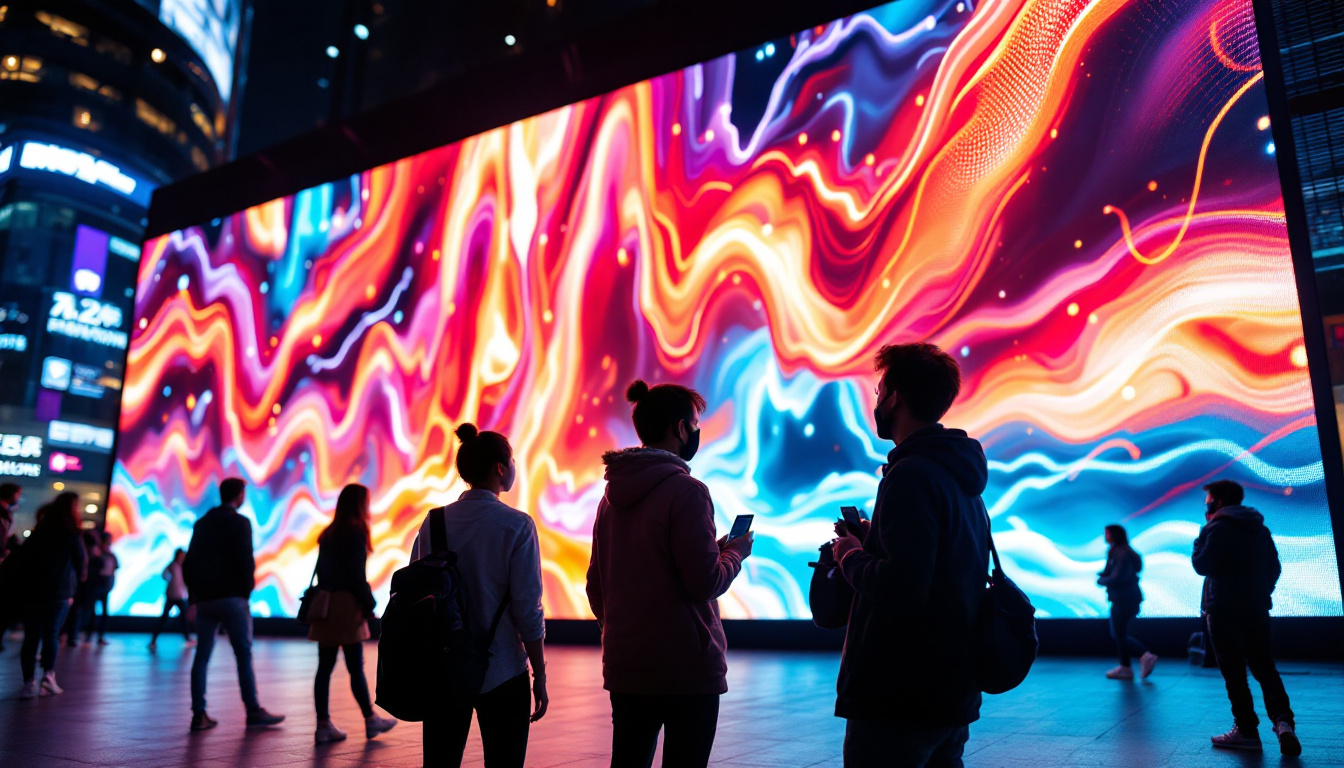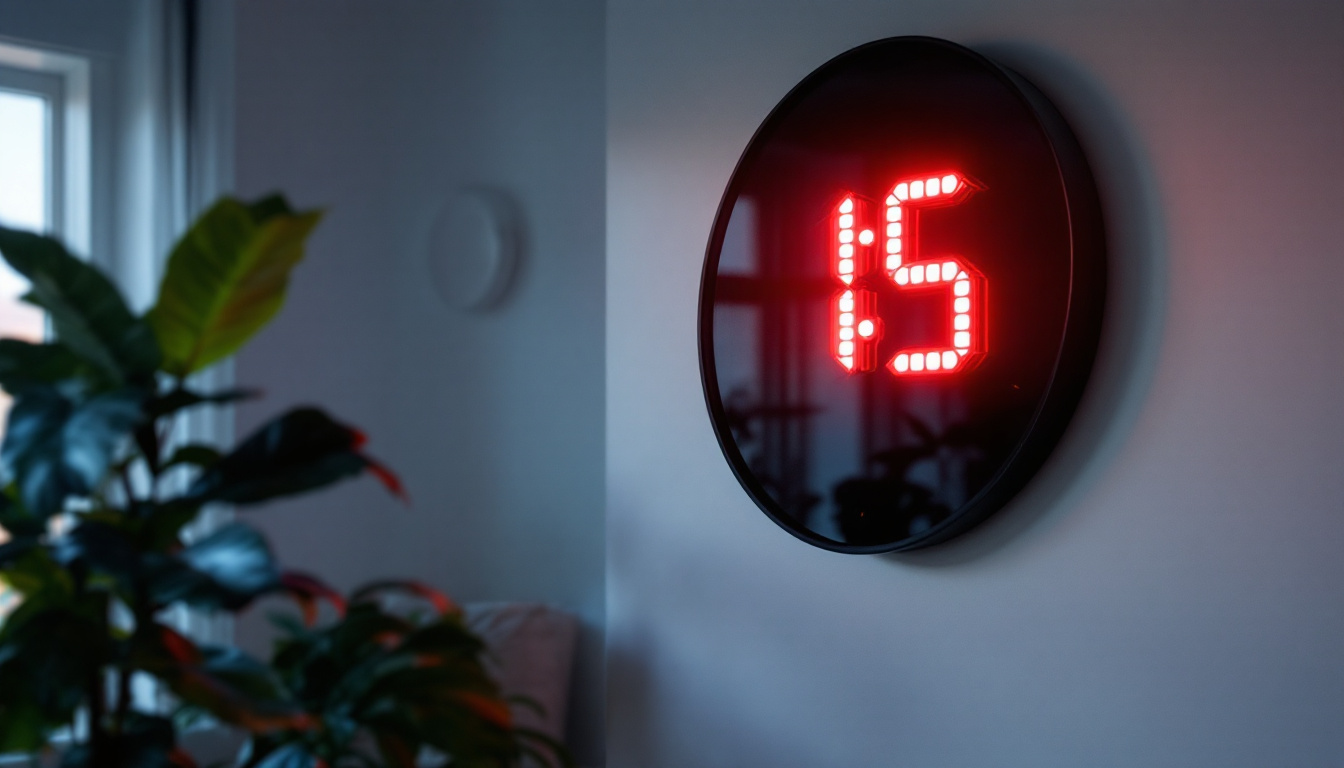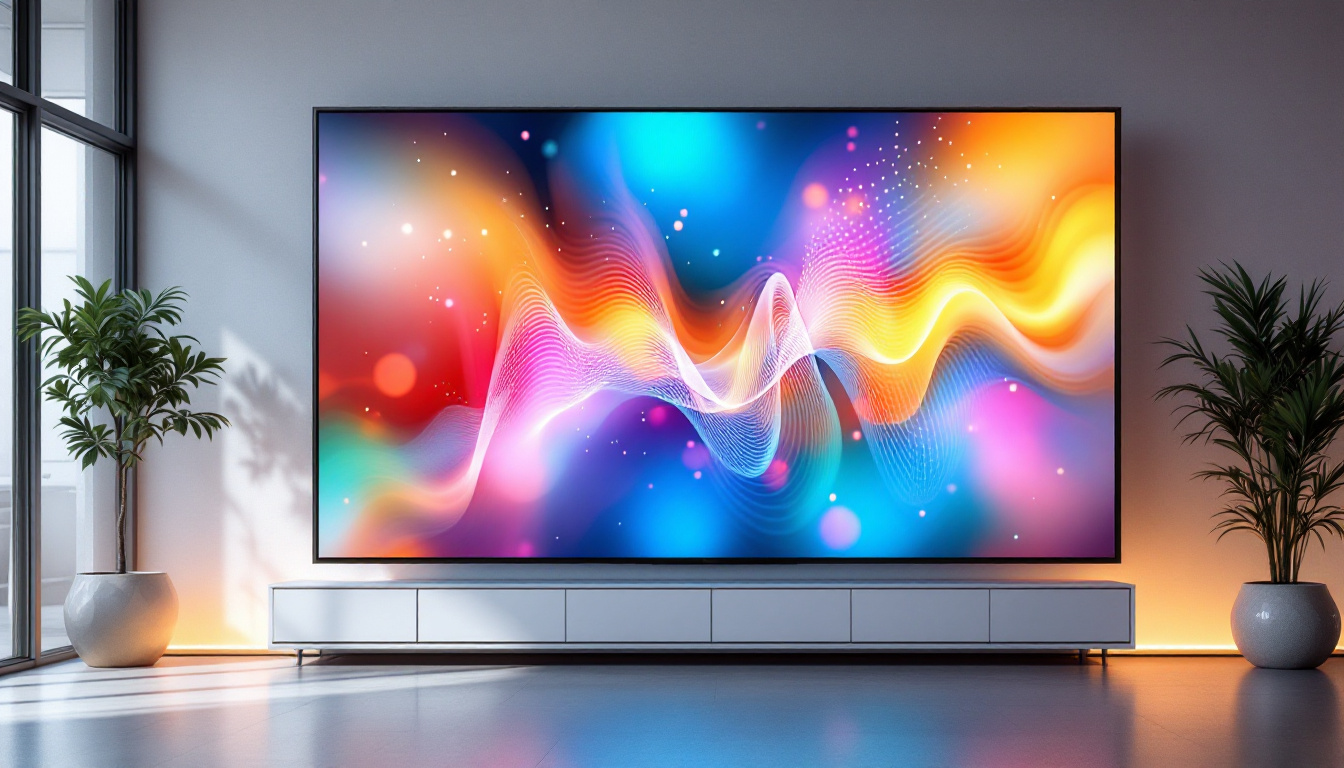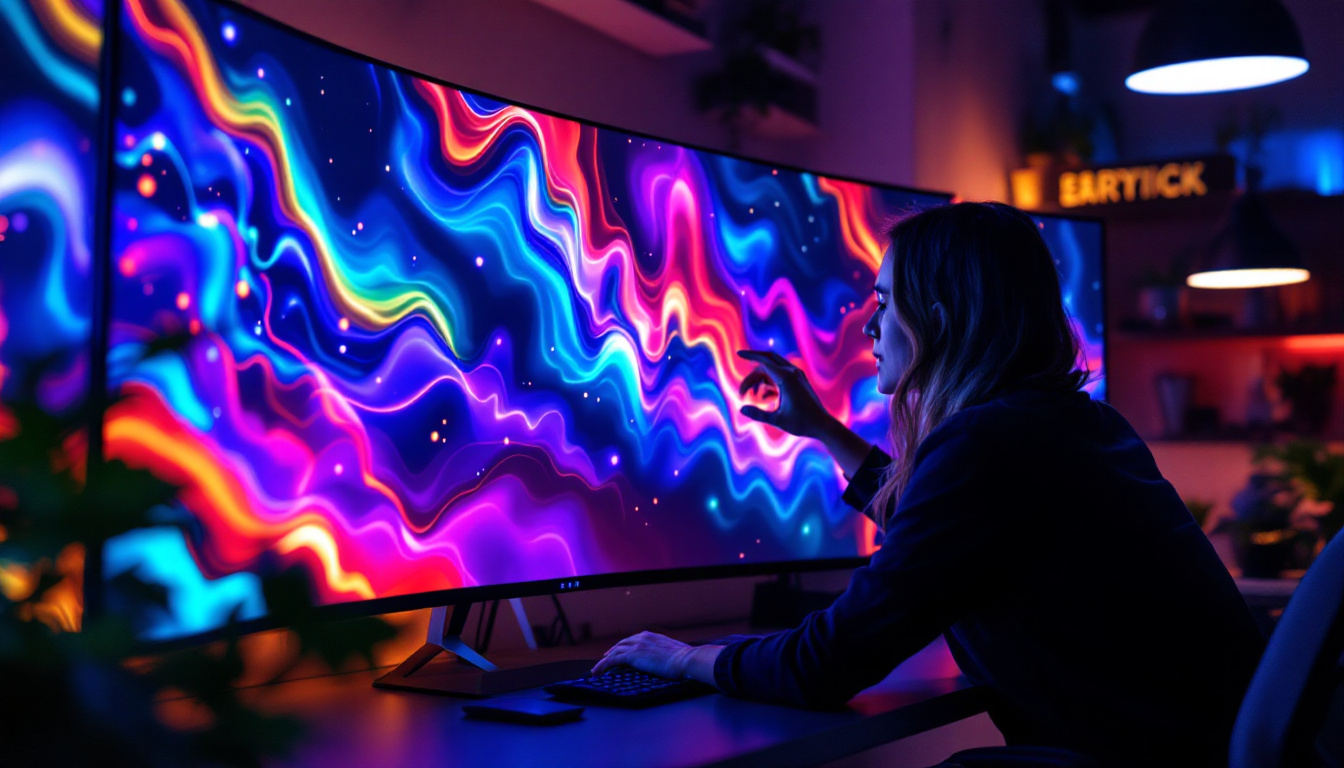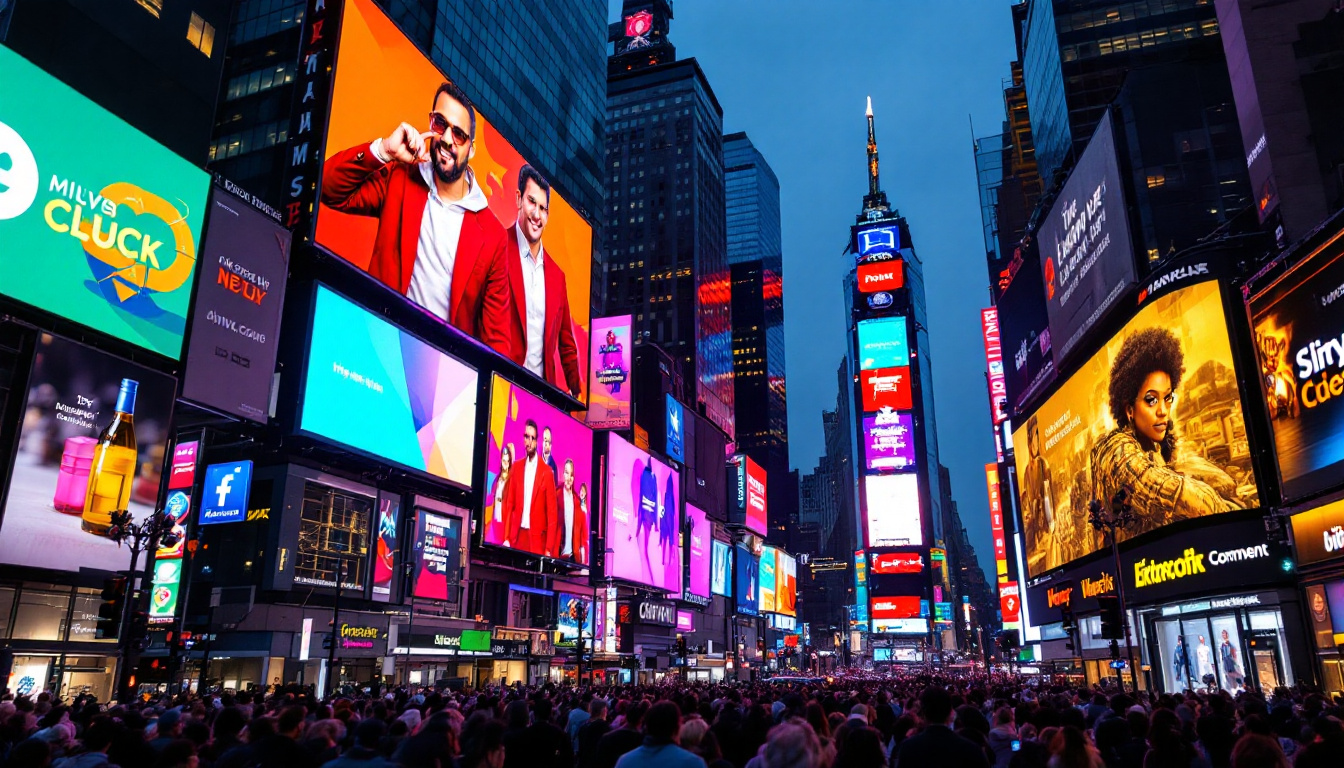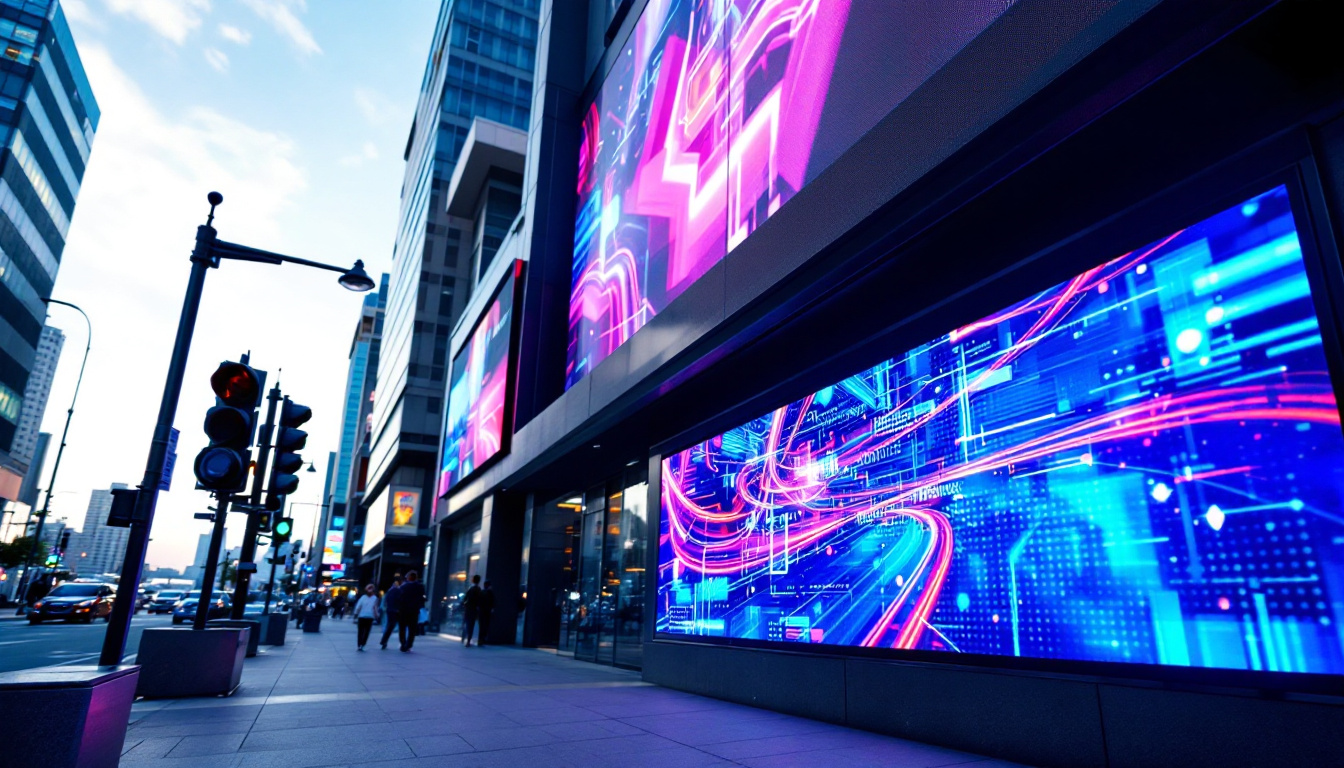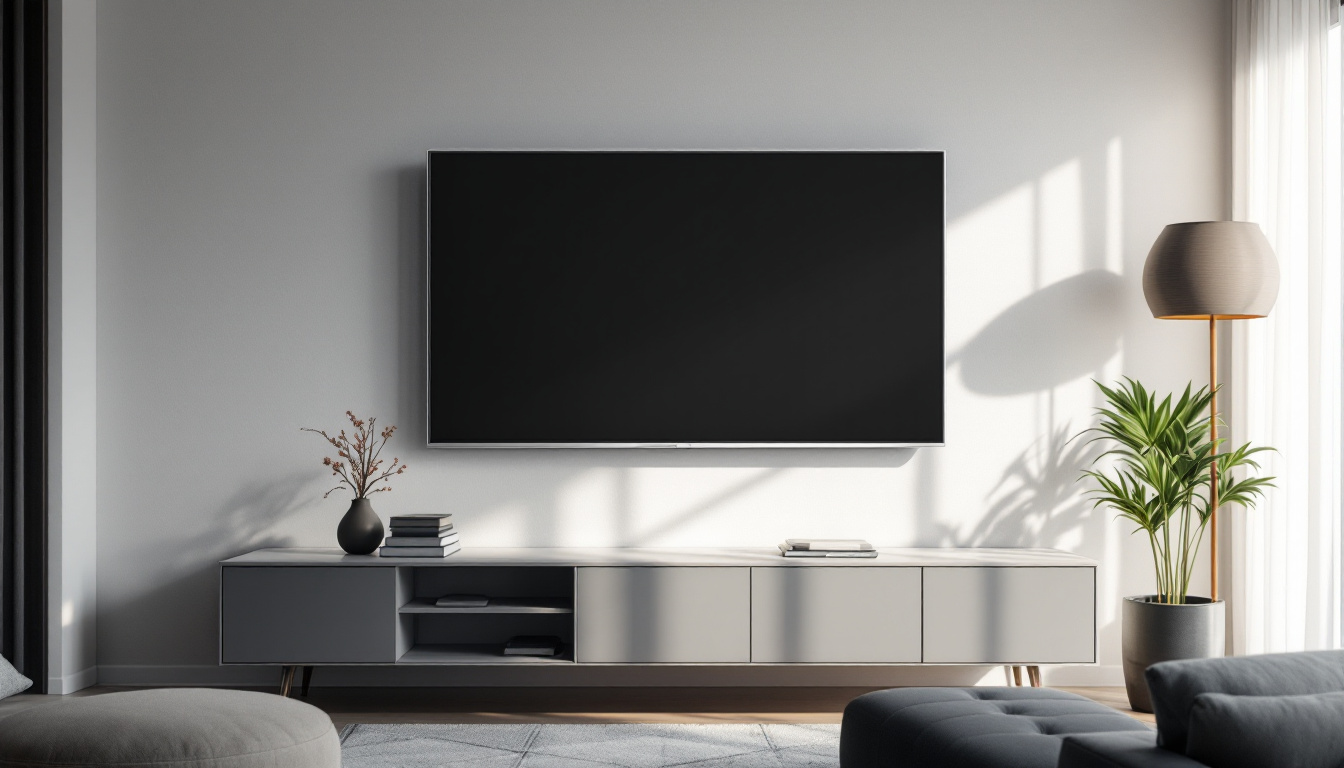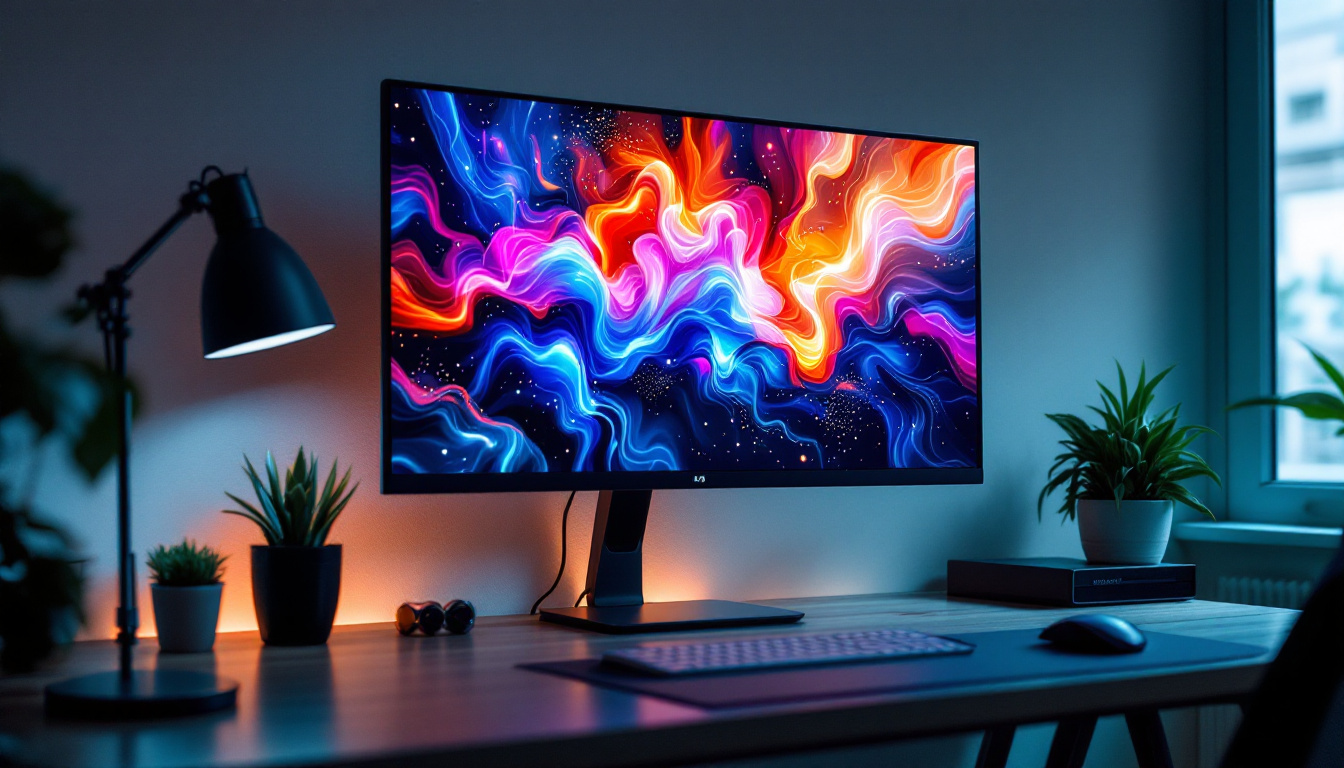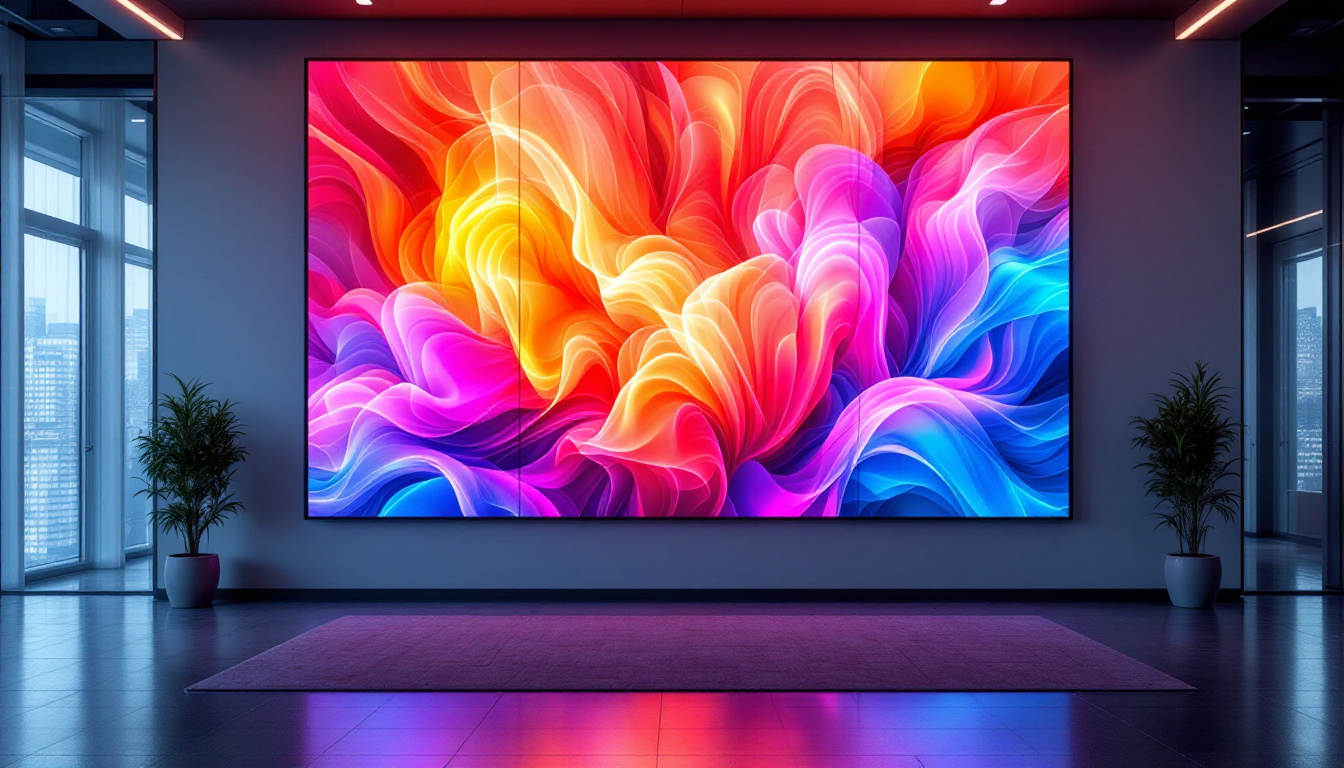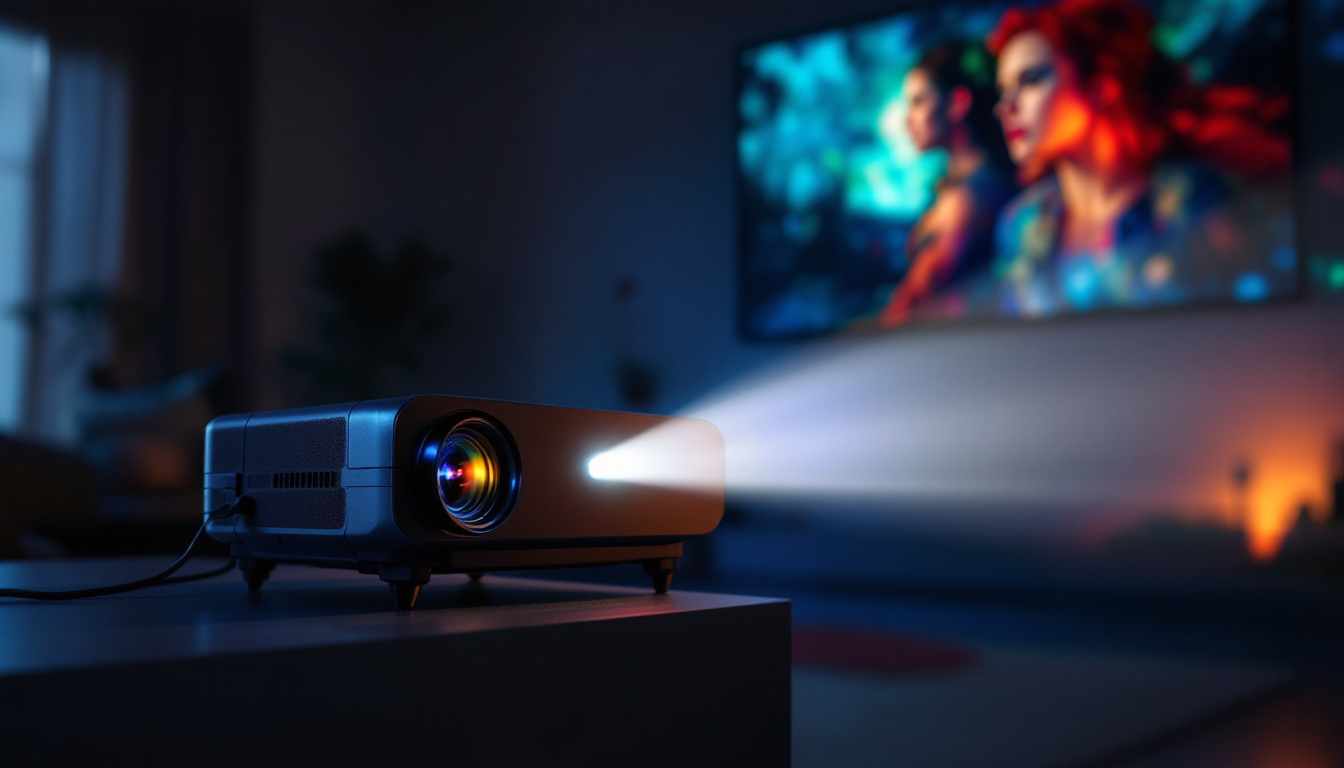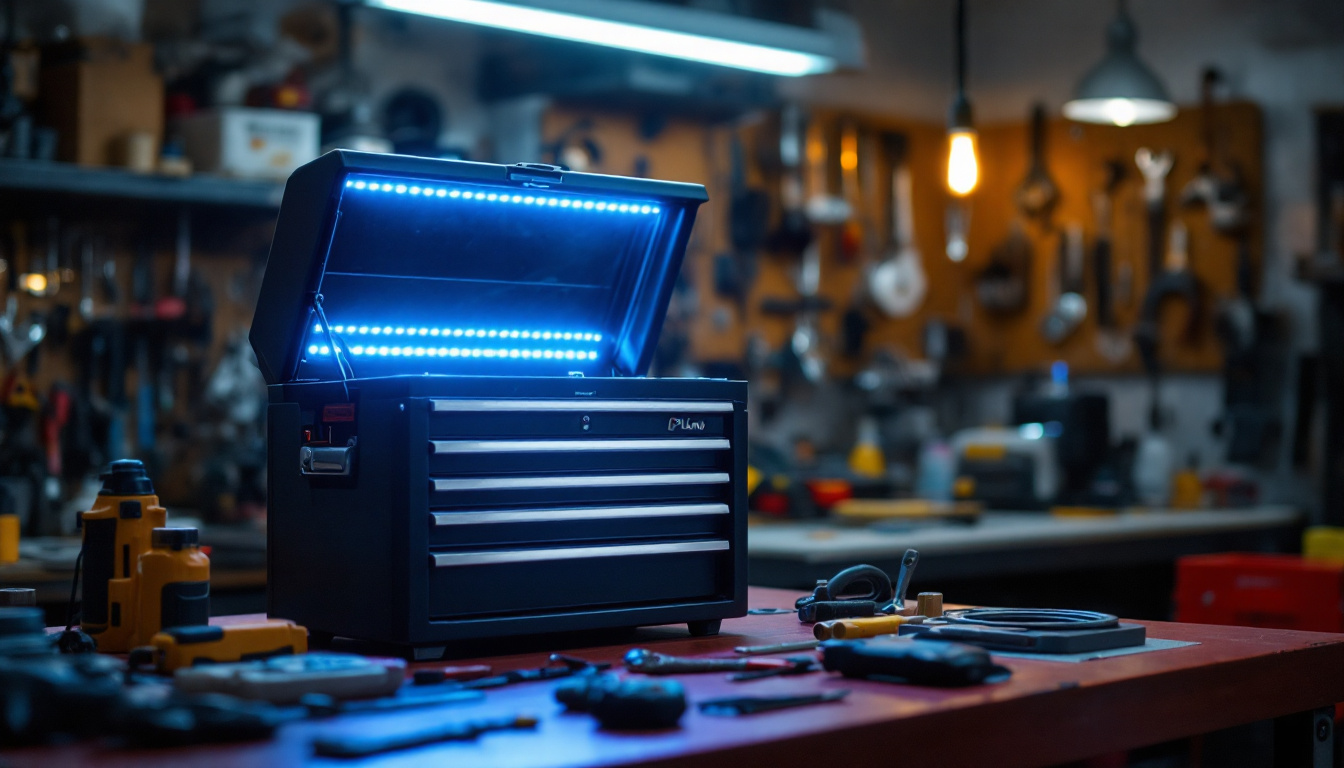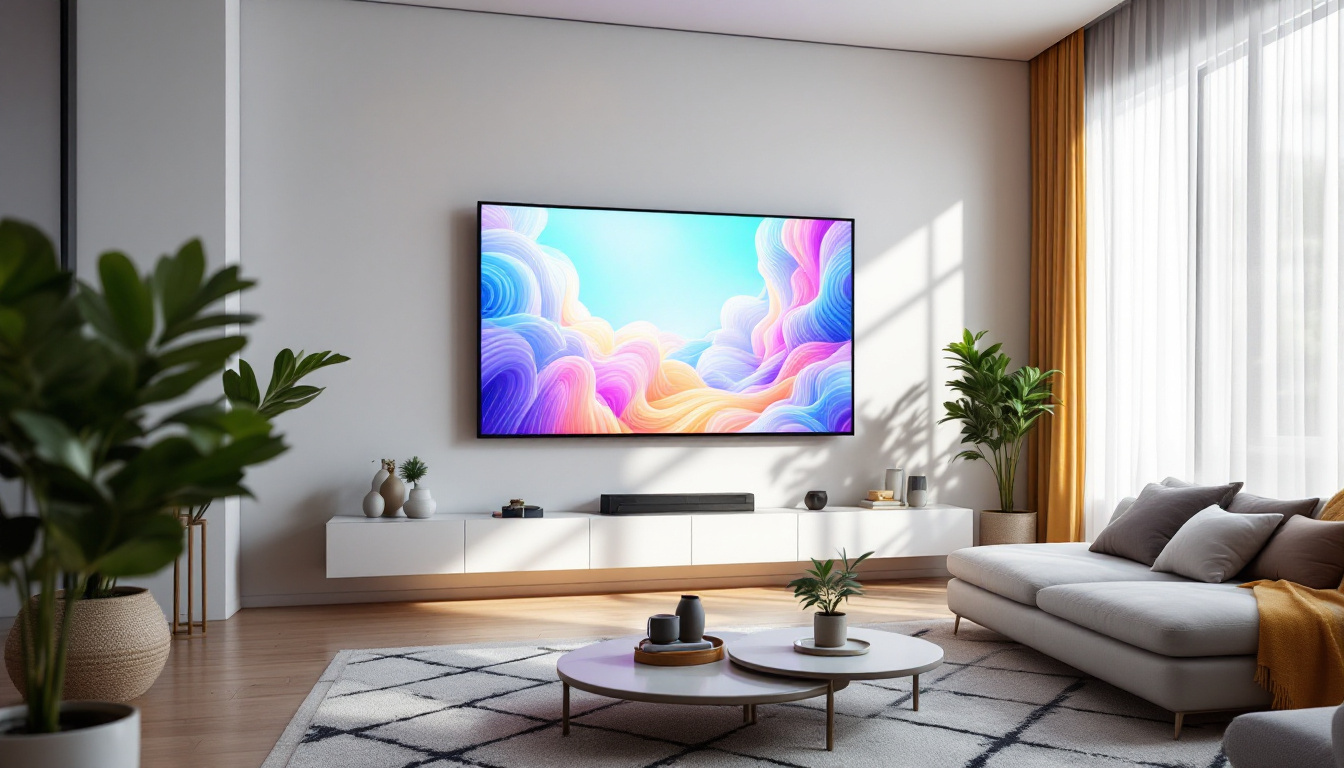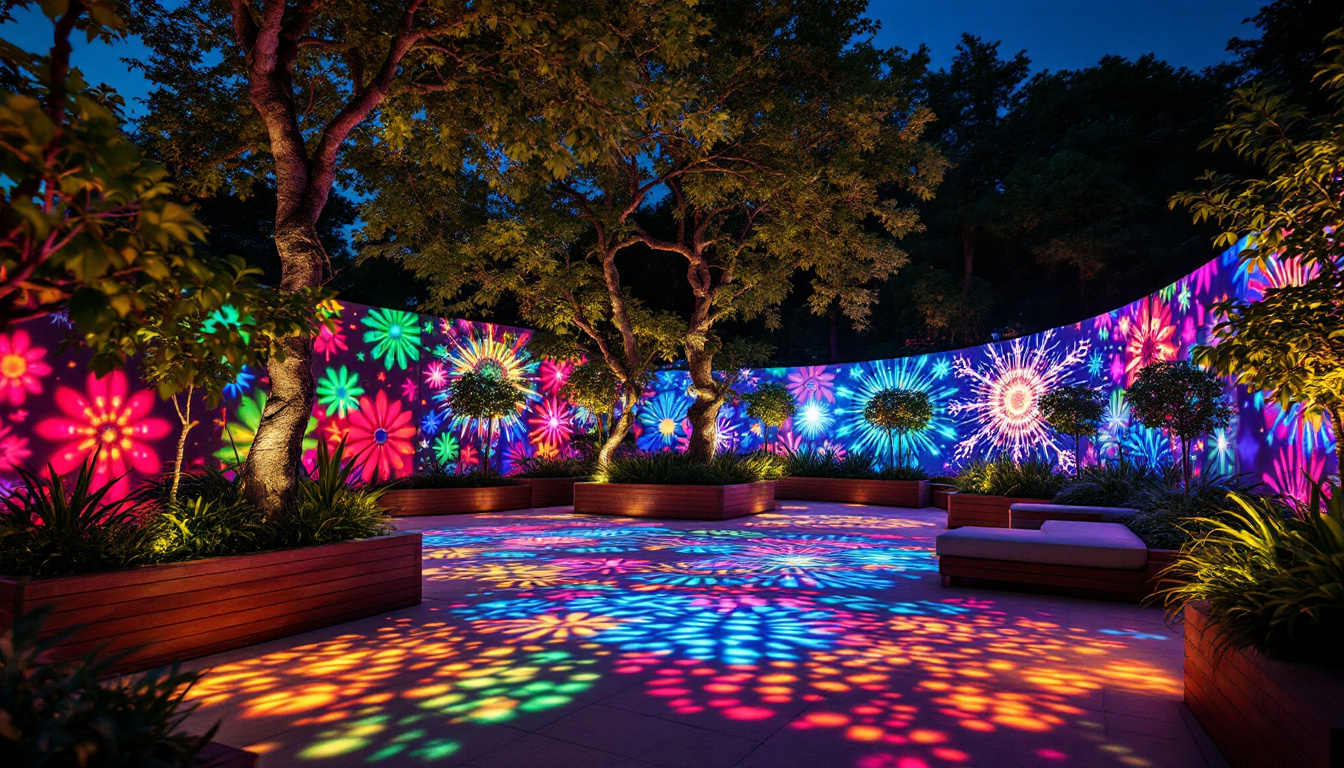In the contemporary landscape of advertising and information dissemination, LED displays have emerged as a pivotal technology. Their versatility, energy efficiency, and vibrant visuals make them an appealing choice for businesses and organizations alike. However, understanding the costs associated with LED displays, particularly in the context of superior wall installations, can be complex. This article delves into the various factors influencing the cost of LED displays, offering insights into their pricing structure, installation considerations, and long-term benefits.
Understanding LED Display Technology
LED (Light Emitting Diode) technology has revolutionized the way information is presented. Unlike traditional display methods, LED displays offer superior brightness, contrast, and color accuracy. This section provides an overview of how LED displays function and their key advantages.
How LED Displays Work
LED displays consist of numerous tiny light-emitting diodes that work together to create images and videos. Each pixel is made up of red, green, and blue diodes, which combine to produce a full spectrum of colors. The arrangement and density of these pixels determine the display’s resolution and clarity.
When electrical current passes through the diodes, they emit light, allowing for vibrant and dynamic visuals. The technology is not only energy-efficient but also has a long lifespan, making it a cost-effective solution in the long run.
Benefits of LED Displays
LED displays offer several advantages over traditional display technologies. One of the most significant benefits is their energy efficiency. LED displays consume less power than their LCD or CRT counterparts, leading to lower operational costs.
Additionally, LED displays are known for their durability and resistance to environmental factors. They can withstand harsh weather conditions, making them ideal for outdoor advertising. The brightness of LED displays also ensures visibility in direct sunlight, a crucial factor for outdoor applications.
Factors Influencing LED Display Costs
The cost of LED displays can vary significantly based on several factors. Understanding these factors is essential for businesses looking to invest in this technology. Below are some of the primary considerations that influence pricing.
Display Size and Resolution
One of the most straightforward determinants of cost is the size of the LED display. Larger displays require more materials and components, which naturally increases the price. Additionally, the resolution of the display plays a critical role in cost. Higher resolution displays, which offer clearer and more detailed images, tend to be more expensive.
For instance, a full HD display (1920×1080 pixels) will generally cost more than a standard definition display (640×480 pixels). Businesses must assess their specific needs to determine the appropriate size and resolution that balances cost with visual impact.
Type of LED Technology
Another factor influencing cost is the type of LED technology used. There are various types of LED displays, including SMD (Surface-Mounted Device), DIP (Dual In-line Package), and COB (Chip-On-Board). Each type has its own advantages and price points.
SMD displays, for example, are known for their excellent color reproduction and wide viewing angles, making them suitable for indoor and outdoor applications. However, they tend to be pricier than DIP displays, which are often used in simpler applications. Understanding the specific requirements of a project can help in selecting the right technology that fits the budget.
Installation and Maintenance Costs
The cost of installation is another critical component of the overall expenditure. Proper installation of an LED display requires skilled labor and specialized equipment, which can add to the initial investment. Factors such as the complexity of the installation site, the need for structural support, and the distance from power sources can all influence installation costs.
Moreover, ongoing maintenance is essential to ensure the longevity and performance of the display. Regular maintenance checks, cleaning, and potential repairs can incur additional costs over time. Businesses should factor these ongoing expenses into their budget when considering an LED display investment.
Cost Breakdown of Superior Wall LED Displays
When evaluating the cost of superior wall LED displays, it is helpful to break down the expenses into specific categories. This breakdown can provide a clearer understanding of where the budget is allocated and what factors contribute to the overall cost.
Initial Purchase Price
The initial purchase price of an LED display typically includes the cost of the display unit itself and any necessary accessories, such as mounting brackets and control systems. Prices can vary widely based on the size, resolution, and type of LED technology selected. On average, businesses can expect to pay anywhere from $1,000 to $100,000 or more for a high-quality LED display.
Installation Expenses
Installation expenses can range from a few hundred to several thousand dollars, depending on the complexity of the installation. Factors that can influence installation costs include the height of the display, the need for scaffolding, and any additional structural modifications required to support the display.
It is advisable to obtain quotes from multiple installation professionals to ensure competitive pricing. Additionally, businesses should consider the experience and reputation of the installer, as this can impact the quality of the installation.
Long-Term Operational Costs
Long-term operational costs encompass energy consumption, maintenance, and potential repairs. LED displays are generally energy-efficient, but the cost of electricity can still add up over time, especially for large displays operating continuously.
Maintenance costs can vary based on usage and environmental factors. Regular cleaning and inspections are necessary to keep the display in optimal condition. Businesses should budget for these ongoing expenses to ensure the longevity of their investment.
Return on Investment (ROI) for LED Displays
Investing in LED displays can yield significant returns in terms of visibility, engagement, and overall marketing effectiveness. Understanding the potential ROI is crucial for businesses considering this technology.
Increased Visibility and Engagement
One of the primary advantages of LED displays is their ability to capture attention. The vibrant colors and dynamic content of LED displays can significantly increase visibility, drawing in more customers and enhancing brand recognition.
Studies have shown that businesses utilizing LED displays experience higher foot traffic and engagement rates compared to those relying on traditional signage. This increased visibility can lead to higher sales and improved customer retention, ultimately contributing to a positive ROI.
Cost-Effective Advertising
LED displays offer a cost-effective advertising solution, especially for businesses that frequently update their content. Unlike printed materials, which require ongoing printing and distribution costs, digital content can be easily modified and updated at minimal expense.
This flexibility allows businesses to promote special offers, events, or new products in real-time, maximizing the impact of their advertising efforts. Over time, the savings from reduced printing and distribution costs can contribute to a favorable ROI.
Longevity and Durability
LED displays are known for their longevity, often lasting over a decade with proper maintenance. This durability reduces the need for frequent replacements, allowing businesses to maximize their investment over time.
Moreover, the energy efficiency of LED technology translates into lower operational costs, further enhancing the ROI. Businesses can expect to see a return on their investment through increased sales, reduced advertising costs, and lower energy bills.
Choosing the Right LED Display for Your Needs
With various options available, selecting the right LED display can be a daunting task. Businesses must consider their specific needs and objectives to make an informed decision. This section outlines key considerations when choosing an LED display.
Assessing Your Objectives
Before investing in an LED display, it is essential to assess the objectives behind the purchase. Are you looking to increase brand visibility, promote specific products, or provide information to customers? Understanding the primary goals will help narrow down the options and select a display that aligns with those objectives.
For instance, a retail store may prioritize vibrant visuals to attract customers, while a corporate office may require a display for informational purposes. Clearly defined objectives will guide the selection process and ensure the chosen display meets the intended purpose.
Evaluating Location and Environment
The location and environment where the LED display will be installed play a crucial role in determining the type of display required. Outdoor displays need to be weather-resistant and capable of withstanding harsh conditions, while indoor displays may prioritize aesthetics and resolution.
Additionally, the viewing distance should be considered. Displays intended for close viewing may require higher resolution to ensure clarity, while those viewed from a distance can utilize lower resolution options. Evaluating these factors will help in selecting the most suitable display for the intended location.
Budget Considerations
Establishing a budget is a critical step in the decision-making process. Businesses should consider not only the initial purchase price but also installation and ongoing operational costs. It is advisable to allocate funds for potential upgrades or expansions in the future, as technology continues to evolve.
By setting a realistic budget and understanding the total cost of ownership, businesses can make a more informed decision and select an LED display that provides the best value for their investment.
Conclusion
LED displays represent a significant advancement in visual technology, offering businesses a powerful tool for communication and advertising. While the initial costs may seem daunting, the long-term benefits and potential ROI make them a worthwhile investment. By understanding the factors influencing costs and evaluating specific needs, businesses can select the right LED display to enhance their visibility and engagement.
As technology continues to evolve, staying informed about the latest advancements in LED displays will ensure businesses remain competitive in an increasingly digital landscape. With careful planning and consideration, investing in an LED display can lead to substantial returns and a stronger connection with customers.
Discover LumenMatrix LED Display Solutions
Ready to elevate your brand’s presence and captivate your audience with unparalleled visual experiences? Look no further than LumenMatrix, a leader in innovative LED display technology. From vibrant Indoor and Outdoor LED Wall Displays to dynamic Vehicle and Sports Displays, our extensive range of solutions is designed to meet your unique needs. Embrace the future of visual communication with our Custom, All-in-One, and Transparent LED Displays, and see how our commitment to excellence can transform your advertising and engagement strategies. Check out LumenMatrix LED Display Solutions today and take the first step towards a brighter, more impactful display solution.

